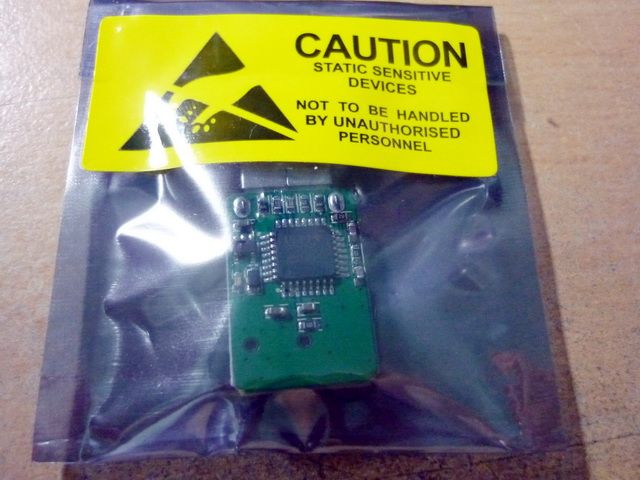

Spec
TI PCM2706 (USB receiver) + ESS Sabre ES9023 (DAC)
Bit depth / Sampling Rate (max): 16bit / 48kHz
Output: 2Vrms line-out via 3.5mm stereo plug
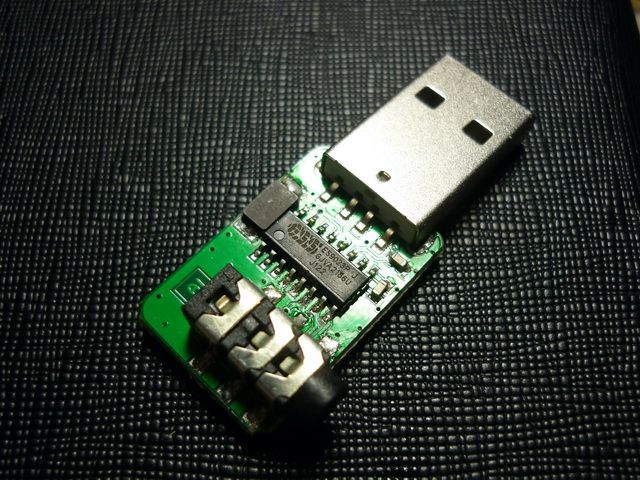
ES9023
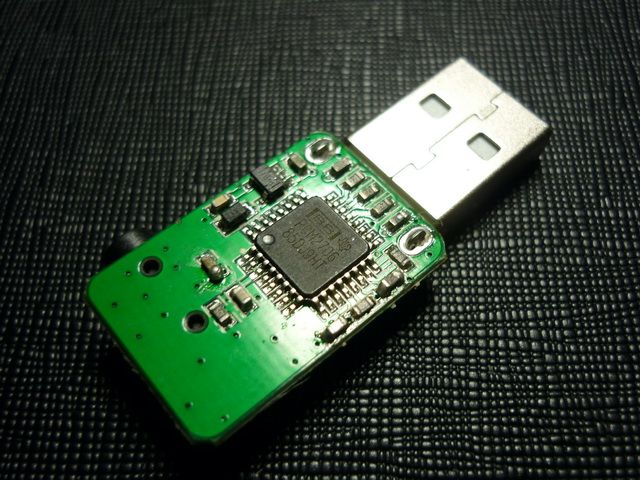
PCM2706
Build Quality
Okay, there is no housing on this tiny USB DAC. It would seem the production isn’t large enough to call for a plastic injection mold to be made (those things can be very expensive). Otherwise, the USB DAC is very well made. All the soldering points look to be quite solid.
For the worrying type, a simple heat shrink seem to suffice to shield the components from dust and direct moisture. If you are the handy DIY type, you can get a $1 TF card reader from eBay, take the inner out, drill a hole on the side and fit the USB DAC into it (see pictures blow).
Note that UD100 is just a USB DAC without any amp section, so you will need to supply your own amp if you want to use it. It doesn’t support Windows volume control as well, so it will be wise not to plug your headphone into its 3.5mm directly.
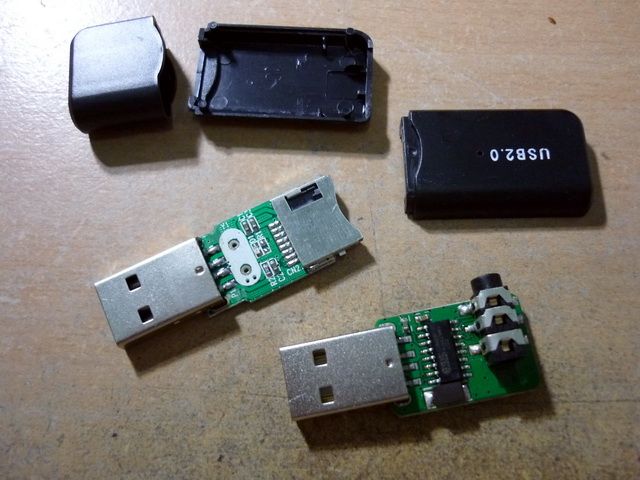
A $1 TF card reader from eBay disassembled, next to UD100. See the similarity in size.
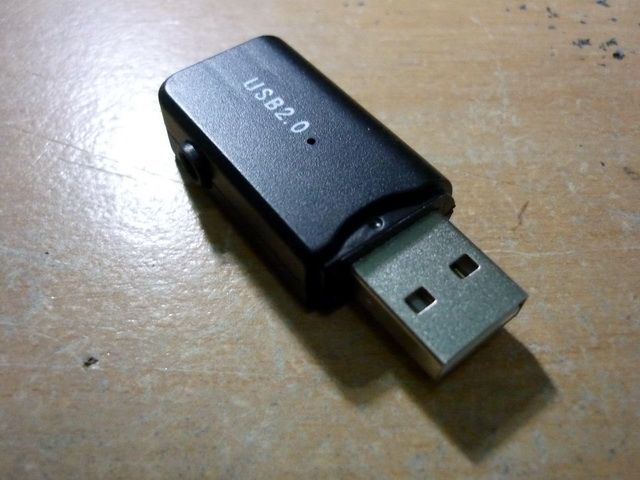
UD100 in the TF card reader case.
Sound Quality
At first, I am a bit skeptical about the overall SQ of the UD100. I can understand it could be better than most of the PCM270x+WM8740 variance that I own, based on my ownership of the ODAC and the experience of the ESS Sabre chip. However, given its miniature size and what seems to be the missing of many components, I really thought this is just going to be an obvious step-down from the ODAC. Well, I was wrong.
The first thing I did when I received the UD100 is to measure it via RMAA. The setup is as followed: PC -> USD BAC -> O2 -> Behringer UCA222 (USB Isolated). Since UD100 only supports sampling rate of 16/48 max due to its USB receiver, both UD100 and ODAC are measured under 16/44.1 condition. As UD100 doesn’t support software volume control, I have to put the O2 in between the DAC and the UCA222. It shouldn’t affect the comparison though, since whatever effect it might have will be applied to both DAC, and I am only interested in the difference between the DAC. Surprisingly, the result is so close that the tiny bit of difference are either within a dB or two of each other or well under 0.1%. In fact, UD100 measured just a tiny bit better in most case, plus a slightly flatter and more extended frequency response over 18kHz. On a separated test, I also confirmed UD100, like ODAC, is outputting 2Vrms on its line-out that is default of the ESS chip.
As far as subjective listening goes, I compared both UD100 and ODAC feeding to O2 and a couple of IEM. All and all, I have a hard time trying to find a difference between the two USB DAC. Whatever difference I think I have heard is too small to say in certainty that they are not just in my brain. They are both clean, neutral with a good soundstage. At time, I can tell UD100 sounds just a little more crisp on certain instruments or ODAC gives just a little lusher detail, but they aren’t night and day. I think the reality is, it would have been even tougher to actually tell the two USB DAC apart during a blind listening. It that a good thing? I supposed so. I like my ODAC from JDS Labs. It is very well built and sounds great for the price. But for 1/3 of the price and almost just as good a sound, I can’t fault UD100 at all. Once I housed it in a $1 mod’ed TF card reader case, it looks and functions almost perfectly.
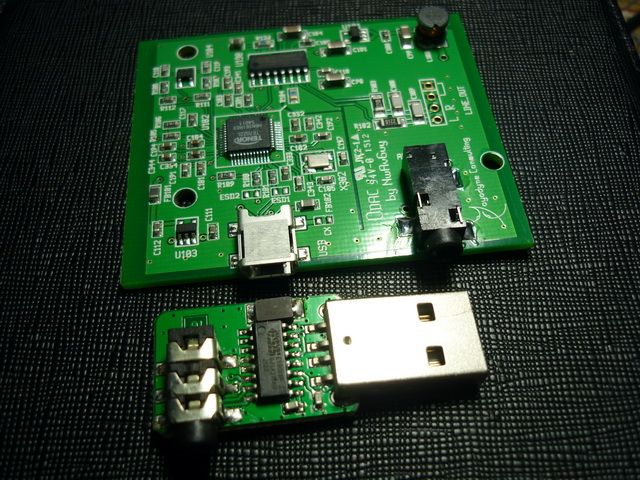
ODAC (top) vs. UD100 (bottom)
Verdict
UD100 truly exceeds my expectation on how good a tiny sized USB DAC can sound. It is the poor-man’s ODAC, so to speak. While it doesn’t support 24/96 like the ODAC, it shouldn’t matter to those who don’t have any HD music files. For those who are looking for either big bang for the buck or just something simple to feed into your amp, I couldn’t recommend this tiny USB DAC enough.
A thank to Stoner Acoustics for the UD100 sample.





